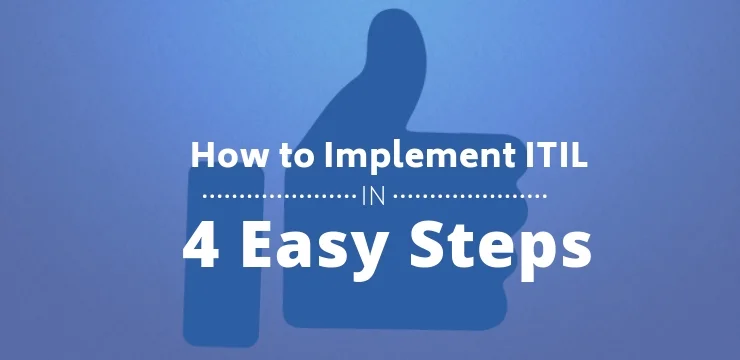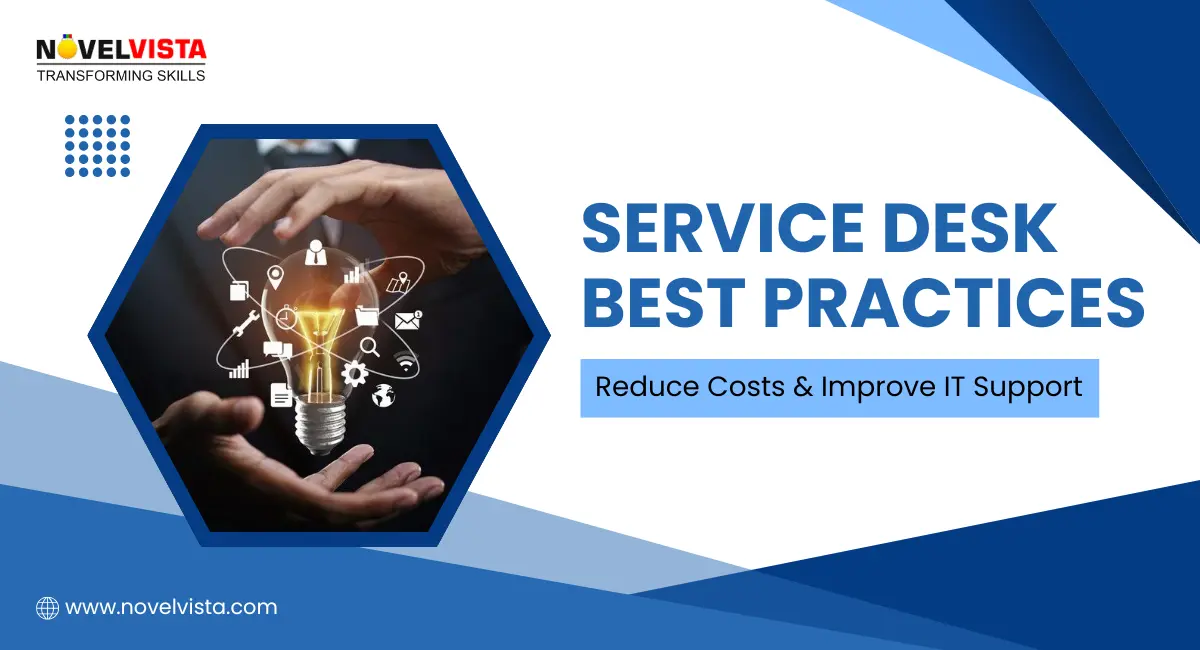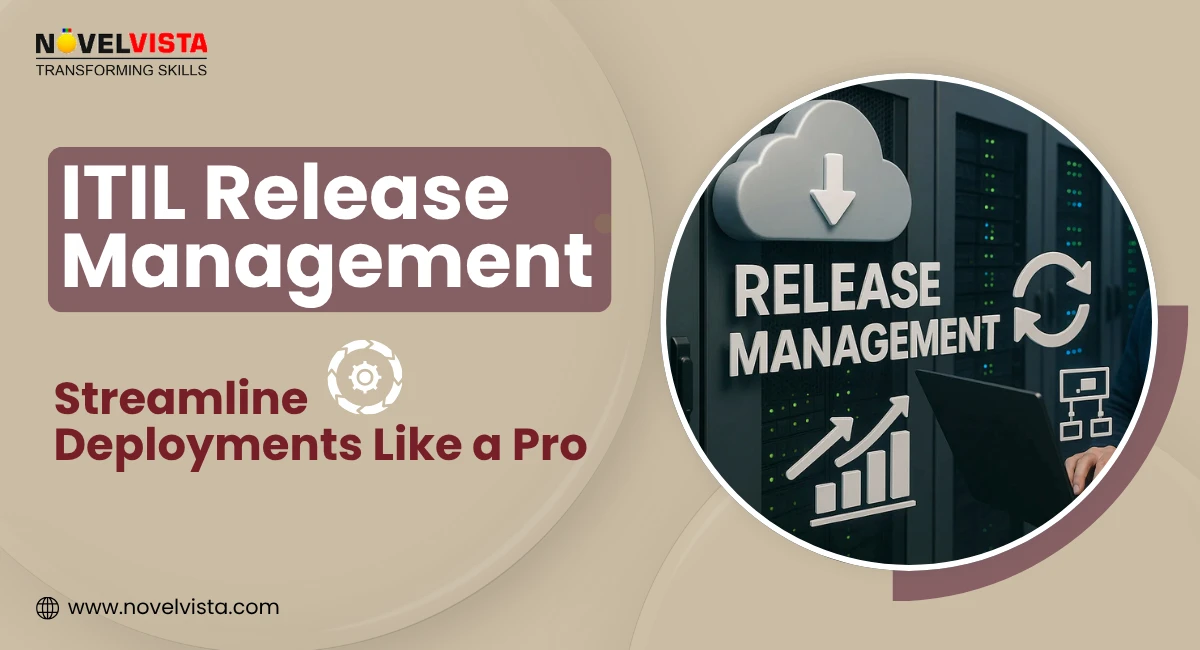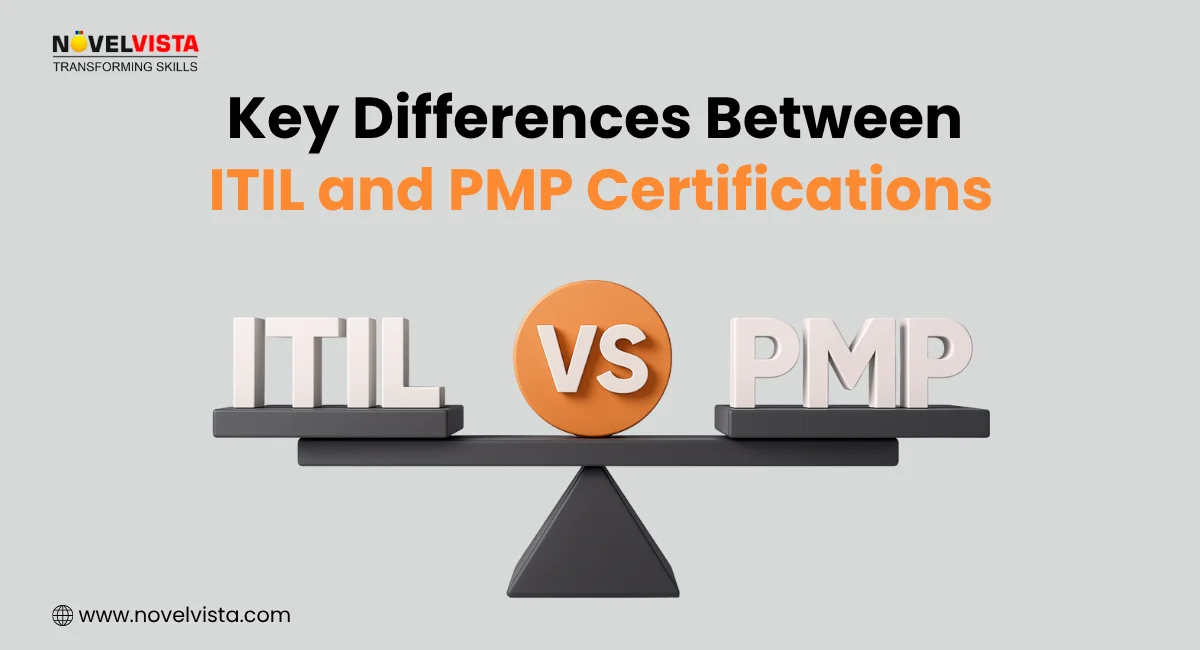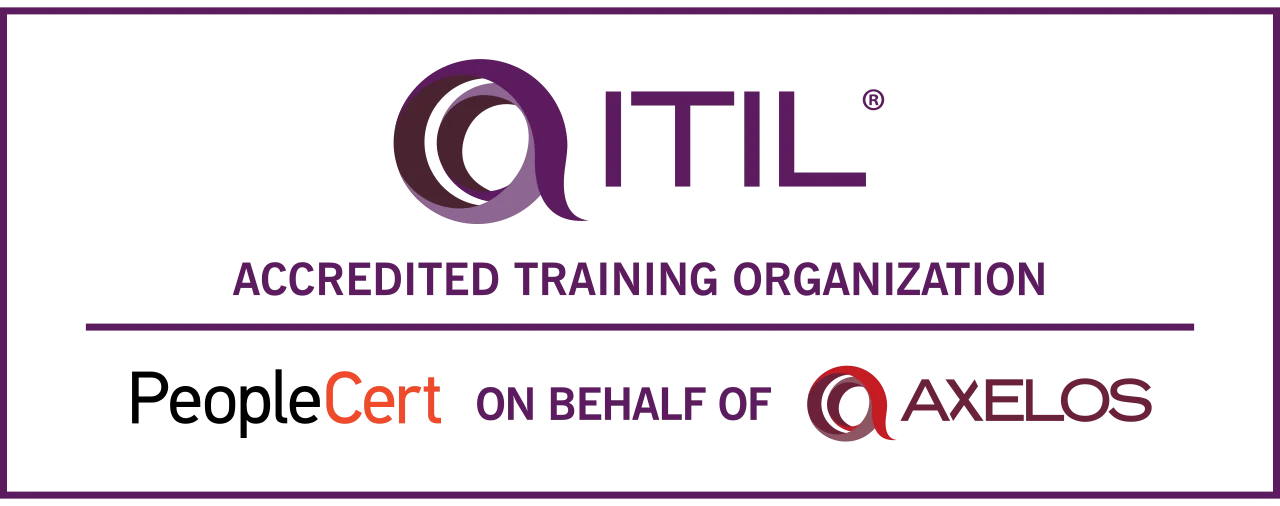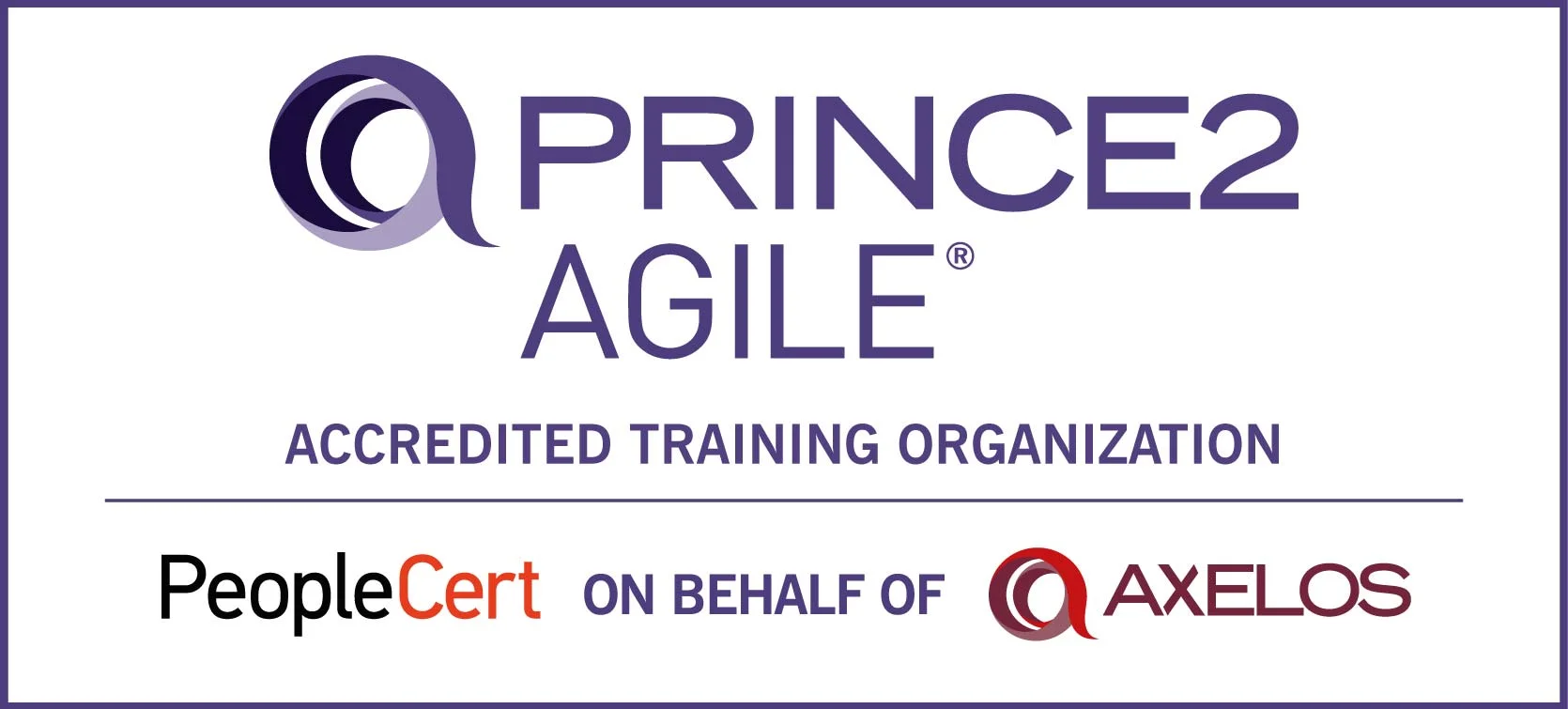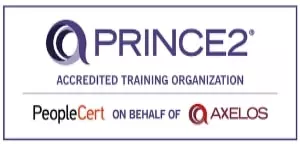How to Implement ITIL
ITIL Implementation? Is It Possible.....…My opinion…..You can’t.
That’s because ITIL is a framework of guidance and it is not something to be implemented; everything you do with ITIL and ITSM is aboutchange in mind stateorcultural transformation.
Today, too many businesses are still focused on delivering technology when they should be focused on providing anend-to-end service& achieve desired business growth.
Instead, ITSM professionals need to help businesses change attitudes and behaviors, focus on customers, customer requirement, outcomes, and business values and provide the linkage between them.
Implementation implies a start and a finish, but ITSM is aboutcontinual incremental improvementsthat are sustainable. So, how to dothatsuccessfully?
The few key factors which should be considered while ITIL implementation are:
1.Start from where you are
The ideal way to begin ITIL journey is by considering the current situation.
There are many things which you are already doing, many things you can and can’t do: existing processes as well as current roles, cultures and behaviors, should all be reviewed and evaluated before making changes.
At this stage, many businesses just focus on the processes, but practitioners should refer to the guidance inITIL: Planning to Implement Service Managementand consider the following seven aspects:
- Organizations Vision
- Organizations strategy & Governance
- The People
- The Process
- The product and technology
- The culture, service and attitude
- The organization, communication and relationships
Out of the above, process is only one part so it’s important to take a step back and look at what works and what doesn’t acrossallthese areas. Then, you can identify yourcurrent capabilitiesand, critically, your pain points and where you’re bleeding from.
2. Where does the business want to be?
On many occasion it is observed and surprised to see that how often IT teams fail to understand their role within the bigger picture, they just fail to understand what business requirement is.
On many occasions when met withCustomers IT Head or CIO, who, when asked about their current challenge and what they’re trying to achieve, they simply say: “we’re trying to make this or that work”. Their answer rarely illustrates overall objective the business is striving for.
Every organization has a certain culture and values it holds , but often IT teams don’t know these values or have a clear understanding of how their actions helps the business for achieving the bigger strategic goal. Instead, people are just too focused on the day job.
Touse ITIL effectively, you need to understand how you fit in and the role of IT in the business strategy.
ITSM is there to make something better, faster or cheaper for customers and users and everyone need to always have that in mind.
3. Build capability
Once you know where you are and wherethe businesswants to get to, you should then think about what you need to do to get there.ITSMis about building capability, which is the power and ability to do something.
The third stage, so-called ‘implementation’ is understanding the what, when and where of your capability. What are the priorities to improve?
What capabilities do you need to develop internally and what are you better to outsource?
Internally, businesses should be focusing on thehigh value activitieswhereas the repetitive elements should be done by someone else externally.
IT teams should also be thinking about how this approach will change over time. As ITSM evolves, I believe successful organizations will adopt a more service integrator role where internal IT teams oversee and bring together different providers to deliver an end-to-end service. This will then allow them tofocus on the most important capabilities.
4. Evaluate and continue
Every incremental change must bring value to an organization, and that is the objective of service improvement programs.
ITSM is continuous so make time from the day job tocontinually improveto deliver even greater value to the business.
A Practical Guide to Transforming IT Service Management
Author Details

Mr.Vikas Sharma
Principal Consultant
I am an Accredited ITIL, ITIL 4, ITIL 4 DITS, ITIL® 4 Strategic Leader, Certified SAFe Practice Consultant , SIAM Professional, PRINCE2 AGILE, Six Sigma Black Belt Trainer with more than 20 years of Industry experience. Working as SIAM consultant managing end-to-end accountability for the performance and delivery of IT services to the users and coordinating delivery, integration, and interoperability across multiple services and suppliers. Trained more than 10000+ participants under various ITSM, Agile & Project Management frameworks like ITIL, SAFe, SIAM, VeriSM, and PRINCE2, Scrum, DevOps, Cloud, etc.
Confused About Certification?
Get Free Consultation Call

